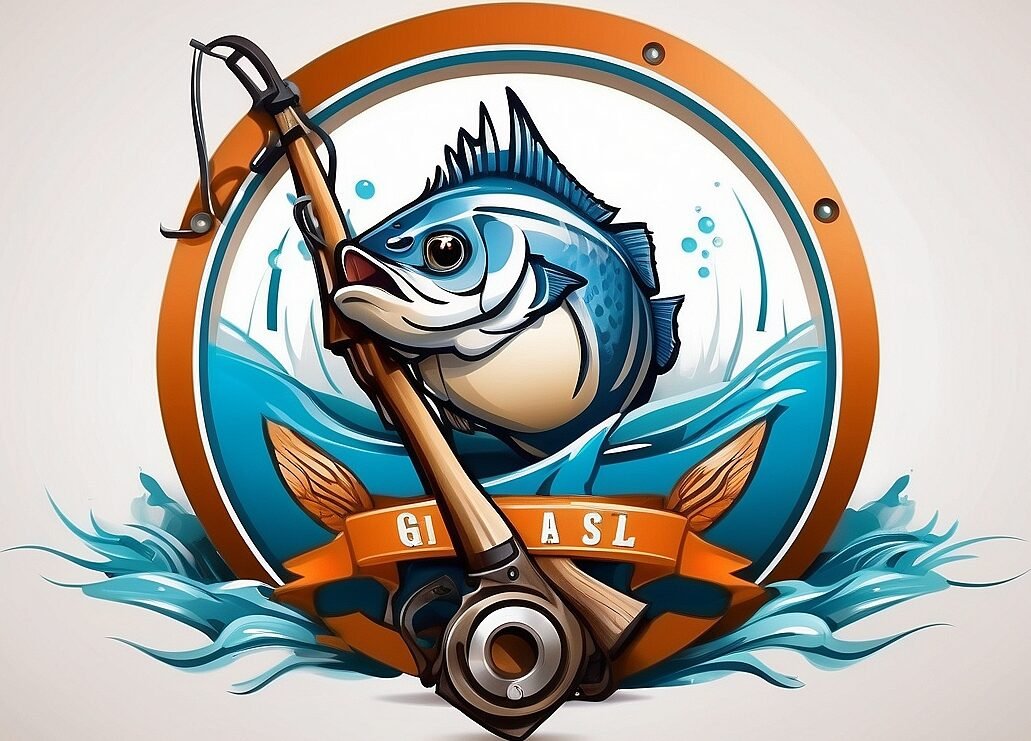Building your own fly rod offers a unique blend of craftsmanship, personalization, and a deepened connection to the sport of fly fishing. Whether you’re aiming to craft a rod perfectly tailored to your fishing style or simply enjoy the satisfaction of DIY projects, the journey of assembling a fly rod from scratch is both rewarding and enlightening. This guide delves into the essential supplies and knowledge needed to embark on this creative endeavor. By selecting your components, from the blank to the finishing touches, you create more than just a fishing tool—you forge a personalized extension of your angling passion. Let’s explore the art of fly rod building and how it can elevate your experience on the water.
Basic Components of Fly Rod Building
Crafting a custom fly rod begins with understanding and selecting the right components, each playing a crucial role in the rod’s performance and aesthetics.
Blank Selection: The heart of any fly rod, the blank determines the rod’s length, weight, and action. Choices range from ultra-light for delicate presentations to heavier options for battling large fish. Material options include graphite for its versatility and strength, bamboo for traditionalists seeking a slower action, and fiberglass for durability and a classic feel.
Guides and Tip Tops: Guides are critical for line control and distribution along the rod. Silicon carbide, stainless steel, and ceramic are popular choices for their durability and friction reduction. The spacing, size, and type of guides influence casting accuracy and sensitivity.
Handle and Reel Seat: The handle should fit comfortably in your hand, with cork being the most common material for its balance of grip and sensitivity. The reel seat secures the reel to the rod and is available in various materials, including aluminum and wood, for both functionality and visual appeal.
Wraps and Finishes: Thread wraps secure the guides to the blank and offer an opportunity for personalization through color choices. Finishes protect the wraps and blank from the elements, ensuring longevity and performance.
Selecting each component with care allows builders to customize their fly rod to meet specific fishing conditions, preferences, and styles, making the building process as rewarding as the fishing itself.
Essential Tools for Fly Rod Building
The process of assembling a fly rod from scratch requires a set of specialized tools designed to ensure precision, ease, and quality in your build. Here are the essential tools every rod builder should have in their arsenal:
Rod Wrapping Jig: A critical tool for securing guides onto the rod blank with thread wraps. A jig holds the rod steady while allowing you to apply tension and create even, tight wraps.
Drying Motor: After applying epoxy to the thread wraps and rod finish, a drying motor rotates the rod slowly to prevent sagging and ensure an even cure.
Thread Tension Device: This tool helps maintain consistent tension on the wrapping thread as you secure guides to the blank, crucial for neat and secure wraps.
Reamer: To ensure a snug fit between the rod blank and handle components, a reamer enlarges the cork handle’s inner diameter to match the blank’s taper.
Measuring Tools: Precision is key in rod building, making measuring tapes and calipers indispensable for accurate placement of guides and components.
Sharp Scissors and Razor Blades: For cutting thread and trimming excess material, sharp scissors and razor blades are essential for clean work.
Epoxy Mixing and Application Tools: Accurate mixing and application of epoxy are crucial for securing components and achieving a professional finish. Mixing cups, sticks, and brushes are must-haves.
Equipped with these tools, rod builders can tackle the project with confidence, ensuring each step of the build is executed with precision, from aligning the guides to finishing the rod with a durable and attractive epoxy coat.
Step-by-Step Guide to Building Your Fly Rod
Building a custom fly rod is a rewarding project that combines precision and creativity. Here’s a simplified step-by-step guide to get you started:
- Select Your Components: Choose the rod blank, guides, handle, and reel seat that fit your fishing needs and aesthetic preferences.
- Prepare the Rod Blank: Clean the blank and identify the spine (the natural curve) to align components correctly.
- Install the Handle and Reel Seat: Use the reamer to adjust the handle’s inner diameter for a snug fit. Secure the reel seat in place according to the manufacturer’s instructions.
- Layout and Attach Guides: Measure and mark the positions for your guides, ensuring they are evenly spaced and aligned with the rod’s spine. Use the rod wrapping jig to hold the rod and guides as you wrap them securely with thread.
- Apply Epoxy Finish: Mix epoxy carefully and apply a thin, even coat over the thread wraps and any other components needing protection. Use the drying motor to rotate the rod, preventing drips and ensuring a smooth finish.
- Final Inspection and Adjustments: Once the epoxy has cured, inspect your rod for any imperfections or loose components. Make any necessary adjustments.
This basic guide outlines the core steps in rod building, allowing for customization and refinement as you gain experience. The result is a personalized fly rod that reflects your craftsmanship and enhances your fishing adventures.
Advanced Tips for Custom Rod Building
For those looking to elevate their custom rod building, consider these advanced tips to enhance both aesthetics and functionality:
- Tapered Wraps: Experiment with tapered thread wraps for a sleek transition between the rod blank and guides. This technique not only improves the rod’s appearance but can also reduce weight and wind resistance.
- Custom Cork Handles: Shape your cork grips from individual cork rings for a custom fit. This allows for personalized ergonomics and unique designs, providing both comfort and style.
- Incorporate Decorative Wraps: Adding decorative wraps or inlays can give your rod a distinctive look. Use contrasting thread colors or metallic threads to create patterns or personal symbols.
- Utilize High-Modulus Blanks: For those seeking the ultimate in performance, high-modulus graphite blanks offer superior sensitivity and strength. These materials can be more challenging to work with but reward you with exceptional casting capabilities.
- Advanced Epoxy Techniques: Mastering epoxy application, such as creating a flawless finish or embedding decorative elements under the finish, can significantly enhance the durability and beauty of your rod.
Adopting these advanced techniques requires practice and patience but can lead to the creation of truly bespoke fly rods that stand out on the water.
Resources for Fly Rod Builders
For aspiring and experienced fly rod builders alike, a wealth of resources is available to refine your craft and connect with a community of like-minded enthusiasts. Here are some invaluable resources:
- Online Forums and Communities: Platforms like The Rod Building Forum and Reddit’s r/rodbuilding offer spaces to share advice, experiences, and inspiration with fellow rod builders.
- Supplier Websites: Suppliers such as Mud Hole, Jann’s Netcraft, and Angler’s Workshop provide not only materials and tools but also tutorials and guides that cover everything from basic techniques to advanced customization.
- YouTube Channels: Channels dedicated to rod building, such as Epic Fly Rods and McFarland Rod Company, offer visual step-by-step tutorials that cover a range of topics, from selecting materials to intricate wrapping techniques.
- Books and Magazines: Titles like “The Custom Graphite Fly Rod” by Skip Morris and “Rod-Building Guide: Fly, Spinning, Casting, Trolling” by Tom Kirkman provide comprehensive insights into rod building principles and practices.
These resources offer a mix of practical advice, creative ideas, and community support, helping builders of all levels advance their skills and craft rods that are not only functional but also personal expressions of their angling passion.
Conclusion
The journey into fly rod building is an enriching experience that combines craftsmanship, creativity, and a deep connection to the sport of fly fishing. With the right tools, materials, and resources, anyone can embark on this rewarding path, creating a rod that is not just a piece of equipment but a personal artifact of their passion for angling. As you delve into the world of custom rod building, remember that each step, from selecting your blank to applying the final finish, is an opportunity to refine your skills and infuse your rod with personal significance. Embrace the process, and revel in the satisfaction of fishing with a rod that is truly your own.

